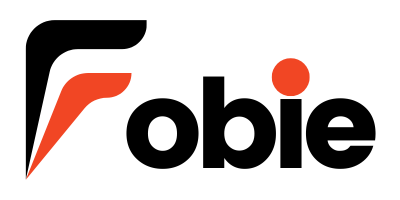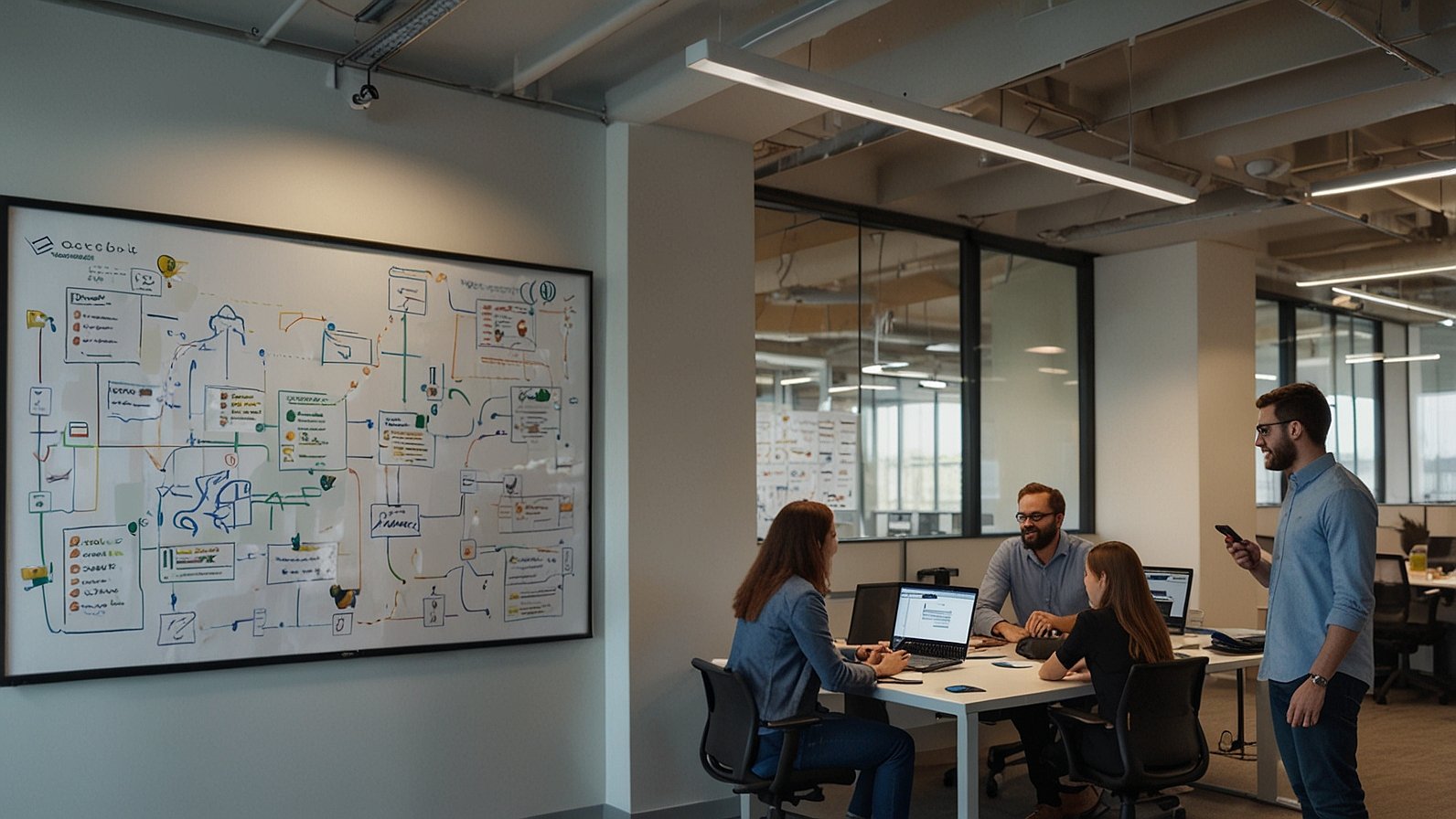Picture this: Your local gym sells 35,855 memberships but only 84 people ever walk through the doors. Sounds absurd, right? That’s essentially what a bombshell DOGE software licenses audit HUD uncovered at the U.S. Department of Housing and Urban Development. The watchdog found HUD paid for thousands of software licenses collecting digital dust – including over 11,000 Adobe Acrobat seats with zero active users and a staggering 35,855 ServiceNow licenses dwarfing just 84 actively used ones. This isn’t just bureaucratic oversight; it’s a multi-million-dollar wake-up call exposing critical flaws in how government manages our tax dollars.
What the DOGE Software Licenses Audit HUD Actually Revealed
The Department of Government Efficiency (DOGE) didn’t just find a few unused licenses; they exposed a systemic hemorrhage of resources. Think of it like buying a fleet of cars, leaving the keys in the ignition, and forgetting where you parked them.
- The Ghost Licenses: The most jaw-dropping finds were licenses paid for but utterly abandoned.
- Adobe Acrobat: 11,020 licenses purchased, zero active users. That’s enough PDF power for a small city, sitting completely idle.
- ServiceNow: 35,855 licenses purchased versus a mere 84 active users. A utilization rate of roughly 0.2% – essentially lighting money on fire.
- The Bigger Picture: While Adobe and ServiceNow were the poster children, the audit strongly suggests this was likely the tip of the iceberg across HUD’s entire software portfolio.
HUD’s Software License Wasteland (DOGE Audit Findings)
| Software Product | Licenses Purchased | Actively Used | Utilization Rate | Equivalent Cost (Est.)* |
|---|---|---|---|---|
| Adobe Acrobat Pro DC | 11,020 | 0 | 0% | $660,000 – $1.1M+ |
| ServiceNow Platform | 35,855 | 84 | ~0.2% | $7M – $14M+ |
| (Example) MS Office | (Not Disclosed) | (Not Disclosed) | Likely Suboptimal | (Significant) |
Cost estimates based on typical government/enterprise annual license fees. Actual HUD costs may vary but are certainly substantial.
Why This HUD Software Audit Matters (Beyond the Dollars)
Sure, wasting millions on unused software is infuriating for taxpayers. But the DOGE software licenses audit HUD points to much deeper, riskier problems:
- Inventory Blindness: HUD fundamentally lacked a clear, real-time picture of what software it owned, where it was installed, and who was using it. Imagine running a warehouse with no inventory list – chaos is inevitable.
- Policy? What Policy? Existing rules governing software acquisition, deployment, and tracking were either inadequate or, more critically, not enforced. Policies without teeth are just suggestions.
- Cost Control Catastrophe: This wasn’t savvy budgeting; it was unchecked spending. Without knowing usage, HUD couldn’t negotiate better deals (like true-ups or reduced counts) or cancel unnecessary subscriptions.
- Security & Compliance Risks: Unused licenses floating around? That’s a potential backdoor. Unaccounted-for software can mean unpatched vulnerabilities or unauthorized access, a nightmare for any agency handling sensitive citizen data.
Think of it like your home: Buying a thousand locks but leaving your front door wide open. The potential for security exists, but the execution is fatally flawed.
The Root Causes: How HUD Ended Up with Licenses Galore (and No Users)
The DOGE audit finger points squarely at HUD’s IT governance framework. This isn’t about blaming individual IT staff; it’s about broken processes:
- The Silo Sickness: Different HUD departments likely bought software independently, with no central oversight or coordination. One hand didn’t know what the other was purchasing.
- “Set and Forget” Acquisition: The focus stopped at purchasing. The crucial steps of deploying licenses to actual users and tracking their activation/usage fell by the wayside. It’s like grocery shopping for a party, then leaving the bags in the car.
- Lack of SAM Muscle: Software Asset Management (SAM) isn’t just a buzzword; it’s the essential practice of managing your software lifecycle. HUD’s SAM was either weak or non-existent. No dedicated tools, no clear ownership, no regular audits.
- Fear of Shortage: Ironically, departments often over-purchase licenses “just in case” they need them later, fearing the hassle of buying more mid-project. Without usage data, they never clean house.
Myth Debunked: “Buying in bulk always saves money.” Not if 99% of the bulk sits unused! True savings come from rightsizing based on actual need.
Turning Audit Pain into Gain: How ANY Organization Can Avoid This
The DOGE software licenses audit HUD serves as a stark lesson for every organization, government or private. Here’s how to stop your licenses from becoming expensive ghosts:
- Centralize & Automate:
- Get a Single Source of Truth: Implement a centralized system (like Snowflake, ServiceNow ITSM, Flexera, or even robust spreadsheets initially) to track every software purchase, license key, deployment, and user assignment.
- Leverage Discovery Tools: Use automated tools (Lansweeper, PDQ Inventory, Microsoft’s built-in tools) to scan your network and find actual software installations. Compare this to your purchase list.
- Build a SAM Fortress (People, Process, Tech):
- Assign Ownership: Someone (or a team) must be accountable for SAM. This isn’t a side gig; it’s core to financial and operational health.
- Craft & Enforce Policies: Establish clear rules for requesting, approving, deploying, and reclaiming software. Enforce them consistently.
- Audit Regularly: Don’t wait for a DOGE-style audit! Conduct internal license reviews at least annually. Track usage metrics religiously.
- Optimize Relentlessly:
- Reclaim the Dead Weight: Identify unused licenses (like those 11k+ Adobe seats!) and stop paying for them on renewal. Reassign them if needed elsewhere first.
- Negotiate Smarter: Armed with accurate usage data, negotiate better terms with vendors. Need fewer seats? Demand a discount. Using more? Avoid costly true-up penalties.
- Consider Alternatives: Do you really need that premium suite for everyone? Explore tiered licensing, open-source options (like LibreOffice vs. MS Office), or cloud subscriptions that scale with actual usage.
- Integrate with IT Governance: SAM isn’t an island. It must feed into broader IT budgeting, security protocols, and procurement strategies.
Pro Tip: Start small! Pick one high-cost or high-volume software (like your Microsoft or Adobe suite) and do a deep-dive audit. The savings found there can fund your broader SAM initiative.
The Bottom Line: Audits Aren’t Punishment, They’re Prevention
The DOGE software licenses audit HUD wasn’t about shaming; it was about exposing a critical inefficiency draining taxpayer funds and creating unnecessary risk. For HUD, the path forward is clear: implement robust SAM, enforce policies, embrace transparency, and leverage technology to gain control.
For the rest of us? This is a powerful reminder:
- Visibility is Non-Negotiable: You can’t manage what you can’t see. Track your software obsessively.
- Unused Licenses = Wasted Cash: Regularly hunt down and eliminate ghost licenses.
- SAM Pays for Itself: The cost of a good SAM tool and process is dwarfed by the savings from optimization and risk avoidance.
- Governance Matters: Clear policies and accountability prevent chaos.
Don’t let your organization be the next headline. What steps will you take this quarter to audit your own software landscape? Share your biggest SAM challenge or success story in the comments below!
You May Also Read: Fapello Uncovered: What It Is & Why It Matters
FAQs
Q: What exactly is the DOGE software licenses audit HUD?
A: It’s an investigation by the Department of Government Efficiency (DOGE) into how the U.S. Department of Housing and Urban Development (HUD) purchased, managed, and utilized its software licenses, revealing massive waste and poor oversight.
Q: What were the most shocking findings of the HUD software audit?
A: The audit found 11,020 Adobe Acrobat licenses with zero active users and only 84 active users out of 35,855 purchased ServiceNow licenses – highlighting extreme underutilization and wasted taxpayer money.
Q: Why is unused software a problem beyond just wasting money?
A: Unused licenses create security risks (unmanaged potential access points), compliance risks (breach of license terms), and hinder accurate budgeting and negotiation. They also signal poor IT governance.
Q: What is Software Asset Management (SAM), and why is it crucial?
A: SAM is the practice of proactively managing and optimizing the purchase, deployment, maintenance, utilization, and disposal of software assets. It’s crucial for cost control, security, compliance, and efficient IT operations – exactly what HUD lacked.
Q: How can other organizations avoid the problems found in the DOGE HUD audit?
A: Key steps include implementing centralized license tracking, using automated discovery tools, establishing/enforcing clear software policies, conducting regular internal audits, assigning SAM ownership, and optimizing licenses based on actual usage data.
Q: Was this just an Adobe and ServiceNow problem at HUD?
A: While those were the most egregious examples cited, the DOGE audit strongly suggests the issues were systemic across HUD’s software portfolio, indicating broader failures in their overall IT asset management.
Q: What should HUD do now based on the audit findings?
A: HUD needs to urgently implement a robust SAM program, enforce strict software governance policies, reclaim unused licenses, renegotiate contracts based on real usage, and integrate SAM into its core IT and financial processes.











